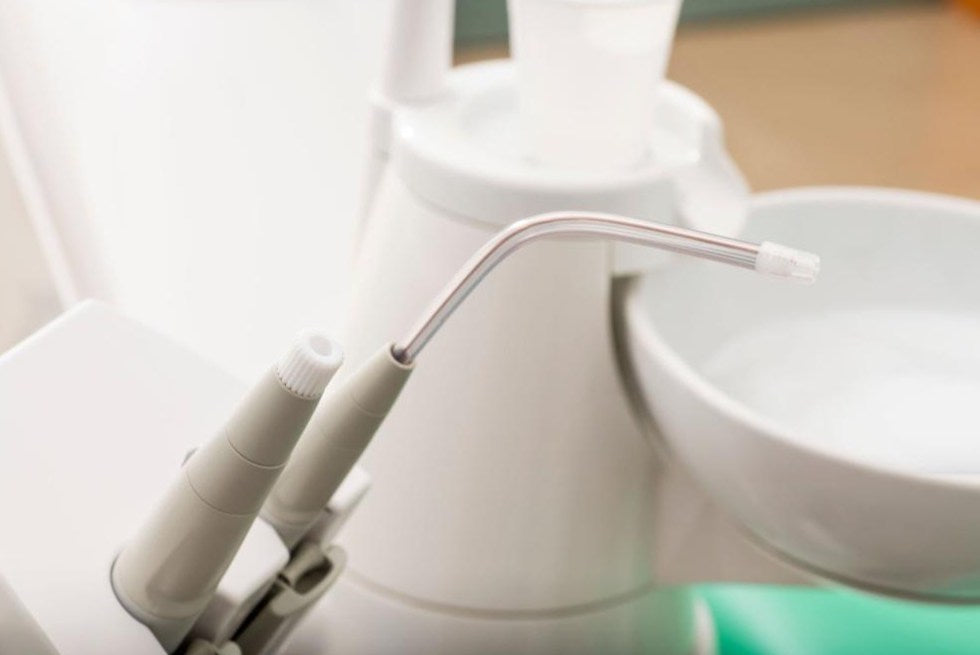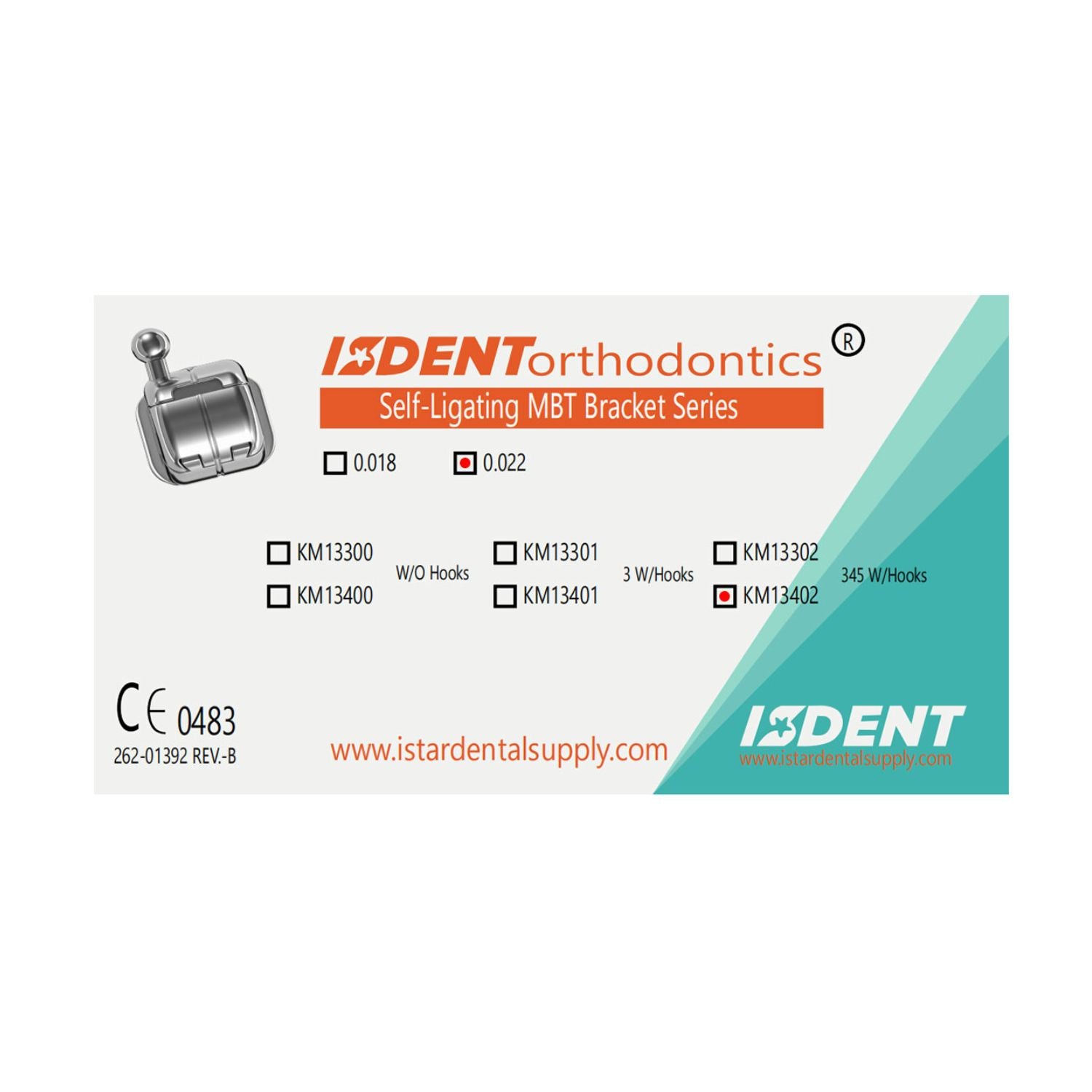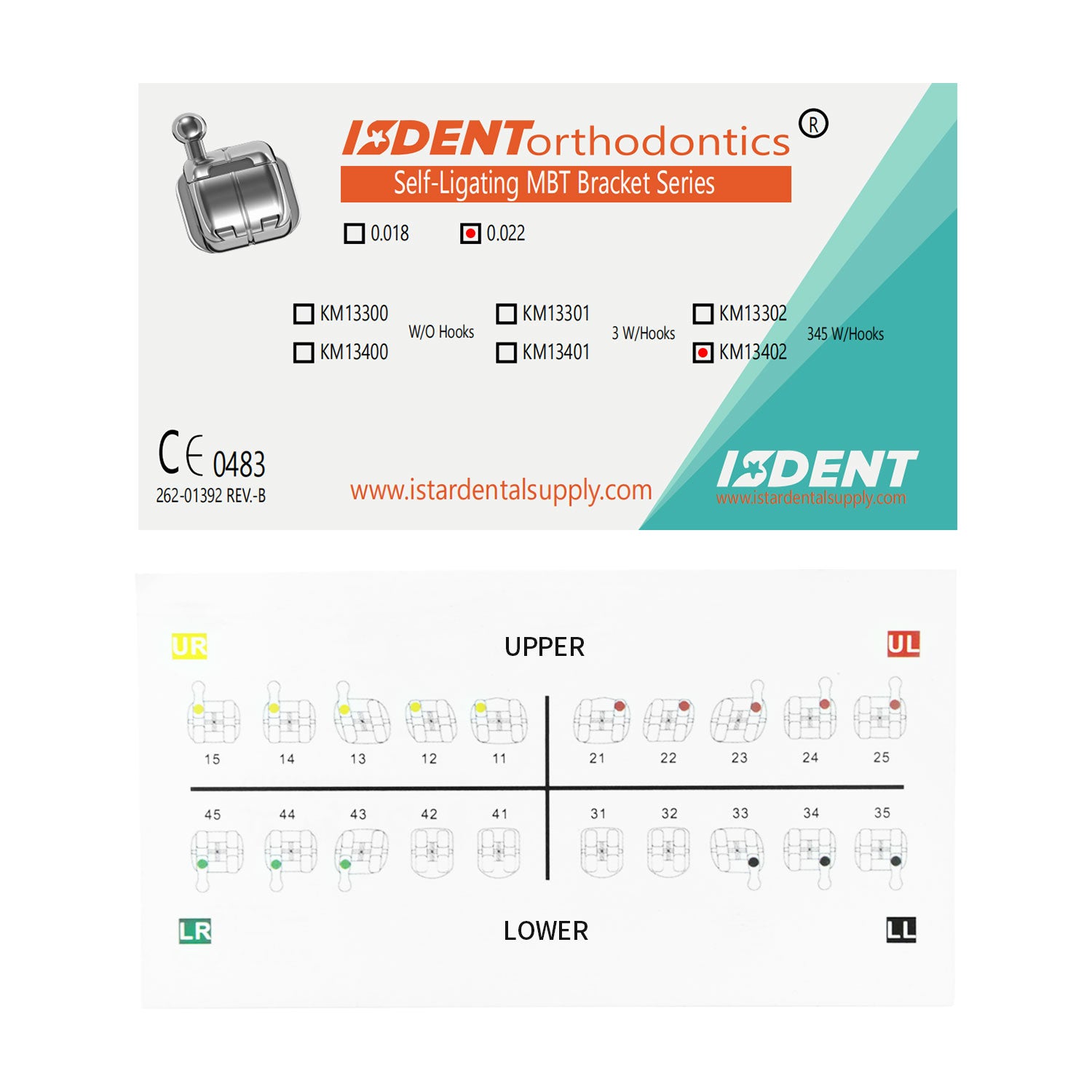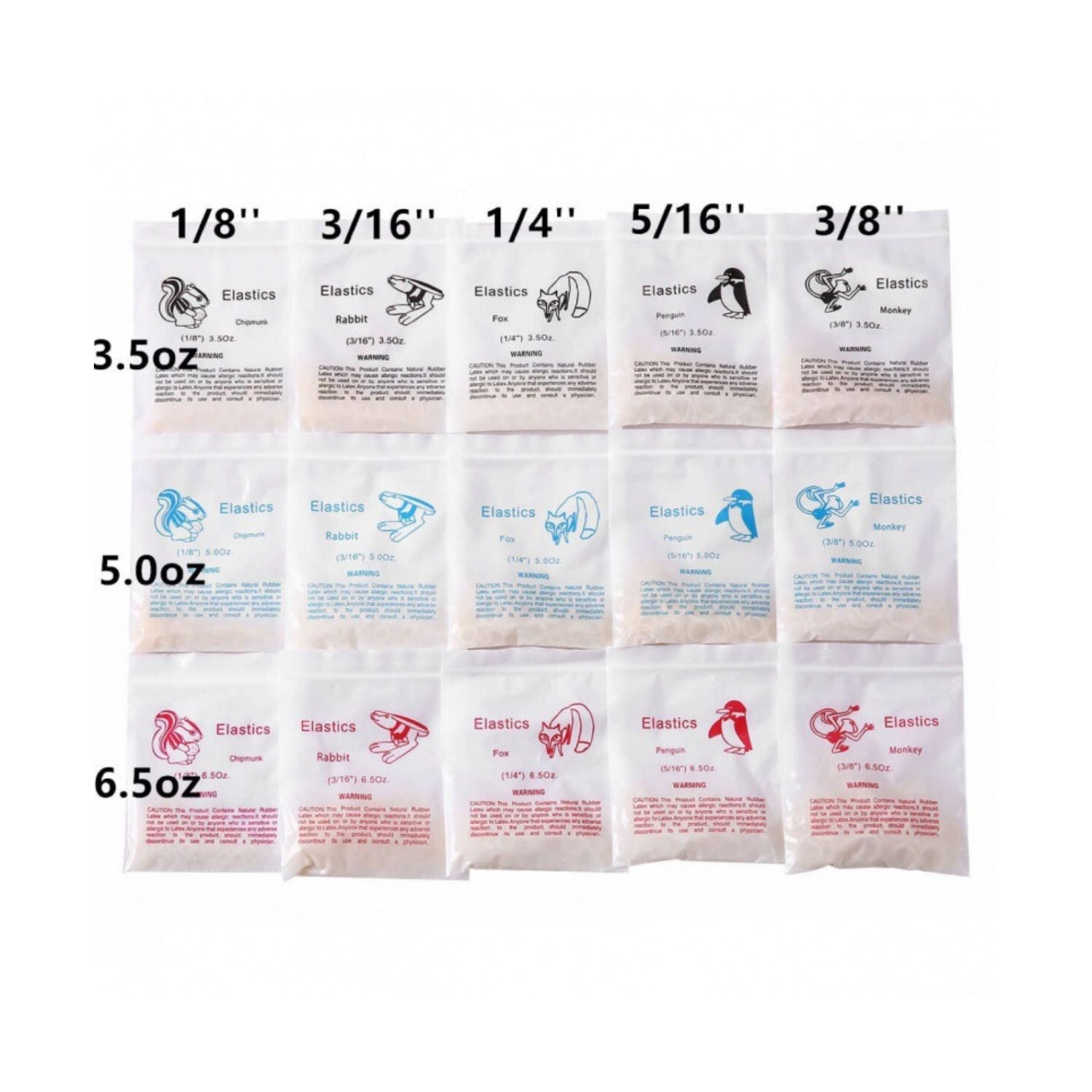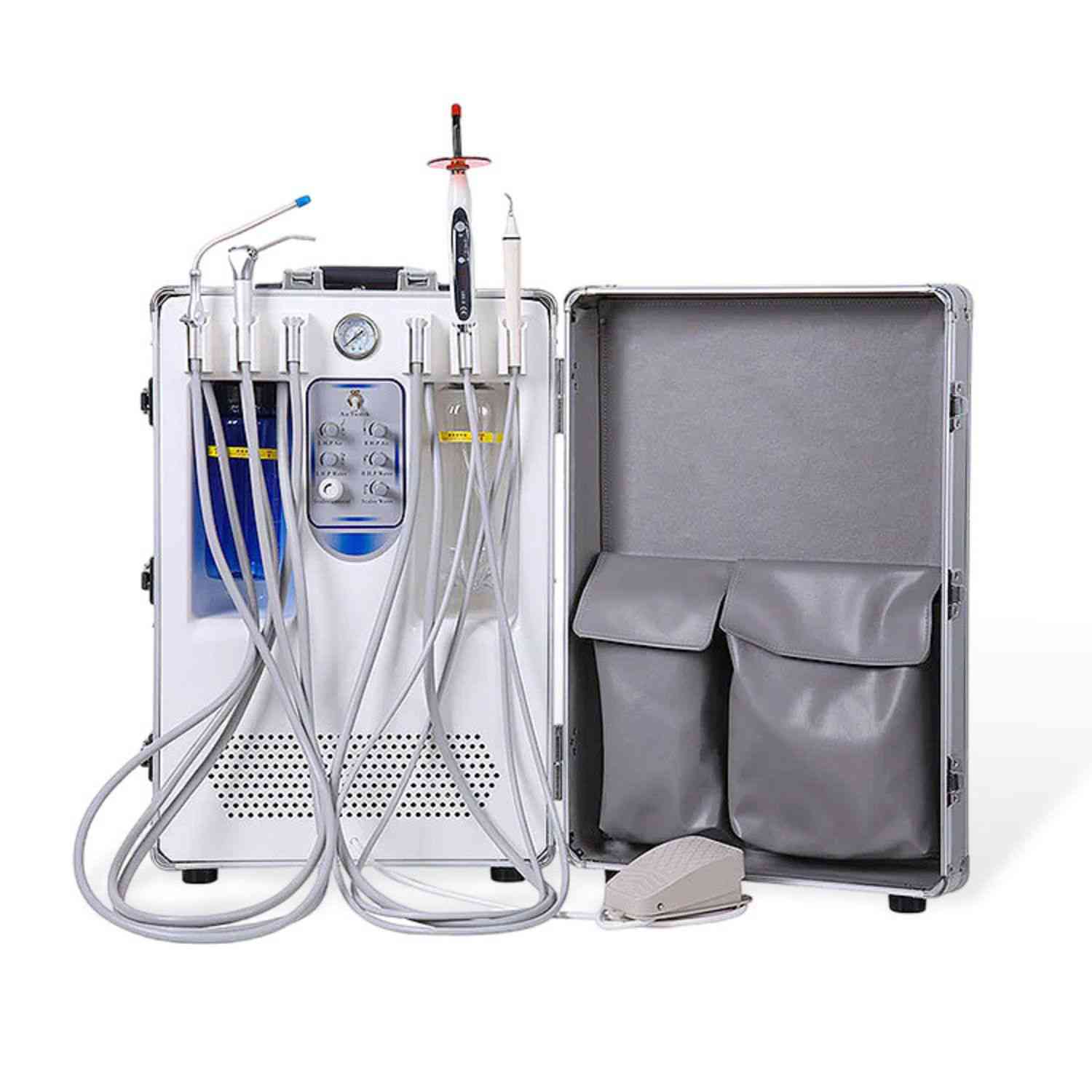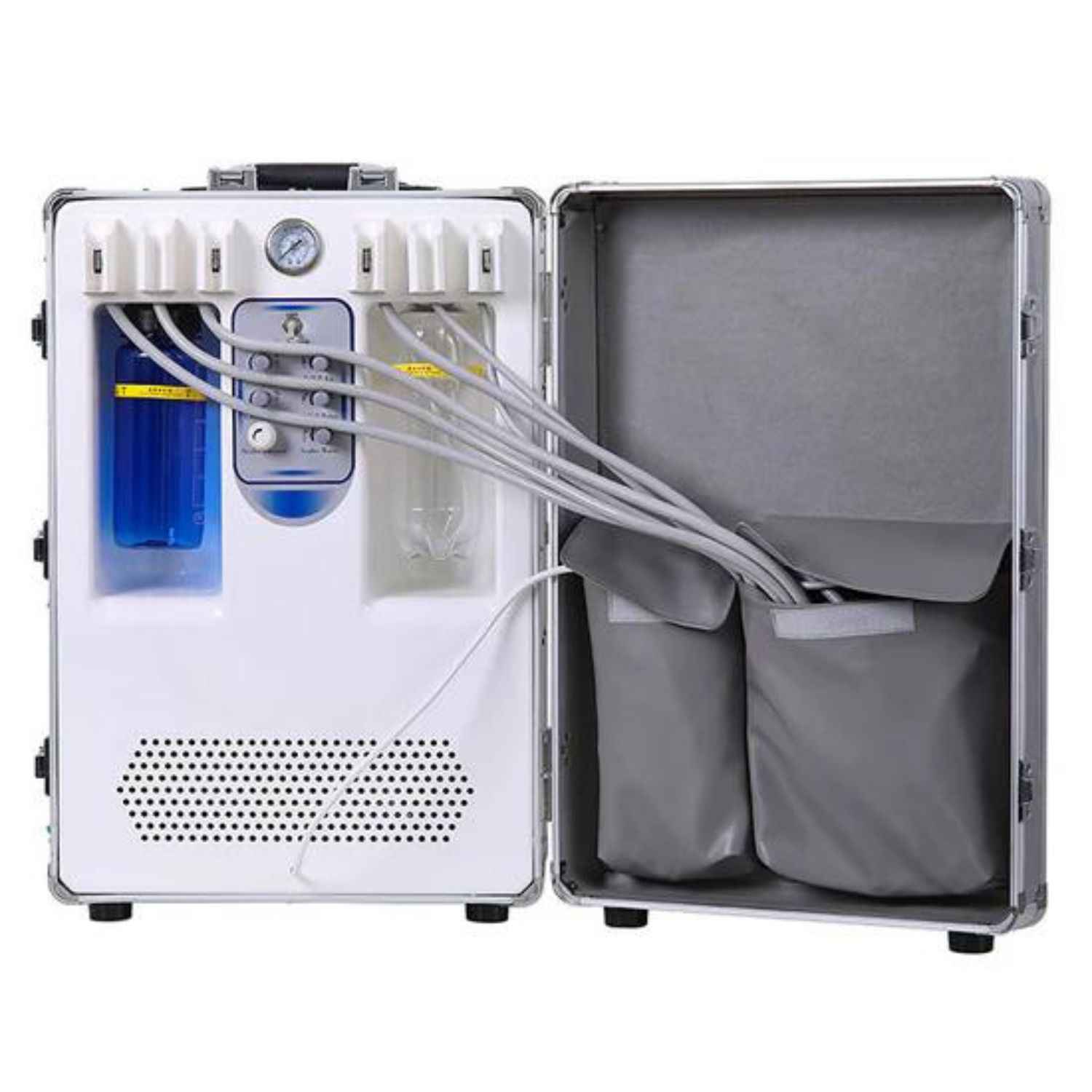Choosing the Right Dental Suction Pump for Your Practice: A Guide to the Types of Suction Systems
Your dental vacuum system is one of the hardest working pieces of equipment you own. This guide to suction systems will walk you through everything you need to know. We will cover the different types of suction, the pros and cons of each suction pump, and how to choose the right one for your clinic. This article will save you time and money by helping you make a smart choice from the start.
What Is a Dental Suction System and Why Is It So Important?
Let's start with the basics. What is a dental suction system? Think of it as the lungs of your dental clinic. It’s a powerful vacuum that removes saliva, blood, water, and debris from the patient's mouth during dental procedures. The familiar hum of your suction machine is a sign that your workspace is being kept clean and clear. The system is made up of a motor, or pump, that creates suction, and a network of pipes that connect to the dental chair. This is a vital piece of equipment for any type of dental work.
A high-quality suction system does more than just keep the area dry. It improves visibility, which is key for doing good work in dentistry. It also makes the patient more comfortable by swiftly removing saliva and other fluids. More importantly, it helps reduce the risk of aerosols, which are tiny droplets that can carry germs. A good suction machine protects you, your staff, and your patients. The suction power of your pump is directly linked to the safety and efficiency of your dental practice. Without a reliable suction unit, it would be almost impossible to perform modern dentistry.
What Are the Main Types of Suction Systems in Dentistry?
When you start looking at suction systems, you’ll find there are three main types. The main types of suction are wet suction, dry suction, and semi-wet suction systems. Each type of dental system has its own way of working, its own costs, and its own maintenance needs. The choice between these different types of suction will depend on the size of your dental practice, your budget, and even the layout of your building.
Understanding these types of suction systems is your first step. A wet system uses water to help create the vacuum. A dry system uses only air. A semi-wet system is a mix of the two. We will look at each of these in more detail. Knowing the difference between wet and dry suction is key to choosing the right equipment for your needs. The type of vacuum pump you choose is a big decision, so it's worth taking the time to learn about your options.
How Does a Wet Dental Suction Pump Work?
A wet suction system, sometimes just called wet suction, is one of the most commonly used systems. The way it works is simple. The main pump is located in a central spot, like a utility room. This pump uses water to create a powerful vacuum. The water helps move the waste from the dental chair, through the pipes, and to a central separator. This separator separates the liquid and solid waste before it goes into the drain.
The great thing about wet systems is that they are known for their reliability and strong suction. The pump can often be placed far away from the treatment rooms, which reduces noise. However, wet suction systems use a lot of water, which can be a downside. This means higher water bills. They also require a special separator to handle the mix of water and waste. This type of suction machine needs a powerful pump to move the liquid over long distances. So, while a wet suction system is a workhorse, you have to consider the ongoing cost of water.
What About a Dry Suction System? Is It Better?
Next up is the dry suction system. As the name suggests, a dry suction system does not use water to create the vacuum. Instead, it uses a powerful pump to move air. The magic of a dry suction system happens right at the dental chair. There is a small separator in each dental unit. This separator spins the air and waste, separating the liquid and solid debris right away. Only dry air travels back to the central pump. This is much easier for the pump to handle.
This design makes the dry suction system very efficient. The pump doesn't have to work as hard, so it uses less energy. This can save you a lot of money on your utility bills over time. The initial investment for a dry system can be higher, but the long-term savings are often worth it. This type of pump can be a great choice for a new dental practice. You also don't have to worry about water consumption. The main thing to remember is that each dental unit needs its own separator, which adds to the initial setup.
What Is a Semi-Wet Suction System, the Hybrid Choice?
If you can't decide between wet and dry systems, there is a third option: the semi-wet suction system. A semi-wet system, or semi-wet suction, is a hybrid. It combines features from both wet and dry suction systems. Like a dry system, the separator is located near or at the dental chair, not in a central utility room. This separator removes the liquid from the line.
However, the pump itself can handle some moisture, just like a wet suction pump. This makes semi-wet suction systems very flexible. The pump used in these systems is often a special type of vacuum pump designed to handle a mix of air and small amounts of liquid. This gives you good reliability without the high water usage of a full wet suction system. These suction systems offer a great balance of power, efficiency, and cost, making them a popular choice for many modern dental practices.
Why Is Strong Suction Power So Crucial for Dental Procedures?
Let's talk about power. Why is suction power so important? When you are working in a tiny space like the human mouth, you need a clear view. Strong suction clears away saliva, blood, and water from your instruments in a flash. This lets you see what you're doing. For certain types of procedures, like conservation dentistry or placing implants, good suction is not just helpful—it’s necessary.
Beyond visibility, powerful suction plays a huge safety role. During many dental procedures, especially those using high-speed drills, tiny water droplets called aerosols are sprayed into the air. A system with high-quality suction and strong airflow will capture most of these aerosols before they can escape the patient's mouth. This helps to reduce the risk of spreading germs in your dental clinic. The right suction power from your dental suction machine keeps everyone safer. The suction capability of your pump is one of the most important things to check before you buy.
What Is an Amalgam Separator and Why Do I Need One?
Now for a very important topic: amalgam. Amalgam is the material used for silver-colored fillings. It contains mercury, which is harmful to the environment. When you remove an old amalgam filling, tiny particles of it get sucked up by your dental suction system. To prevent this amalgam from going down the drain and into the water supply, you need an amalgam separator. In many places, an amalgam separator is required by law.
An amalgam separator is basically a filter for your suction machine. It is designed to capture at least 95% of the amalgam particles from the wastewater. The separator collects the amalgam so it can be disposed of safely. Many modern suction systems come with built-in amalgam separation. If your system doesn't have one, you will need to add a separate separator to your setup. This is a critical piece of equipment for both environmental protection and legal compliance in your dental practice. Choosing a system with an effective separator is a must.
How Do I Choose the Right Dental Suction Pump for My Practice?
Choosing the right dental suction is a big decision. So, how do you pick the right suction pump for your practice? First, think about the size of your practice. How many dental chair units will be running at the same time? A solo practice with one dental chair has very different needs than a large clinic with ten. You need a pump with enough suction power for your busiest moments. For example, some suction systems are designed for one or two surgeries, while larger ones can support many more.
Next, think about your budget. This includes the initial investment and the long-term costs. A dry suction system might cost more upfront but save you money on water and energy bills later. Also, consider the layout of your clinic. Where will the pump go? A wet system pump can be far away, but a dry or semi-wet pump is often closer. Finally, look for systems known for their reliability. Ask other dentists what they use. Reading reviews from leading dental suppliers like Dürr Dental can also help you make a smart choice. Your suction pump is a long-term partner in your practice.
To help you with your decision-making, explore our comprehensive guide to choosing a dental vacuum pump for more detailed comparisons.
What Are Some Maintenance Tips for My New Suction Machine?
Once you have your new suction pump, you need to take care of it. Proper cleaning and maintenance will keep your dental suction machine running smoothly for years. The most important tip is to follow the manufacturer's instructions. They will tell you exactly how and when to clean the system. Regular cleaning prevents clogs and keeps the suction power strong.
Every day, you should flush the lines with a special cleaning solution. This removes any buildup of blood, saliva, and other debris. You also need to check and clean the filters and the separator regularly. A clogged amalgam separator can reduce your pump's airflow and suction power. Some modern suction systems have automatic cleaning features, which can be a huge time-saver in a busy dental practice. Taking just a few minutes each day for maintenance can prevent expensive repairs and downtime.
For more hands-on advice, check out these essential maintenance tips for your dental equipment.
Are There Energy-Efficient Dental Systems Available Today?
In today's world, being energy-efficient is important. It's good for the planet and good for your wallet. The good news is that there are many energy-efficient dental suction systems available. When you look for systems, ask about their energy use. Dry and semi-wet suction systems are generally more energy-efficient than wet suction systems because their pump doesn't have to move heavy liquid.
Many new suction systems also have smart controls. For example, the suction motor works only when you need it. The pump speeds up or slows down based on how many dental unit stations are in use. This is much better than an old pump that runs at full power all day long. An energy-efficient dental suction pump might have a slightly higher initial cost, but the savings on your electricity bill can add up quickly. This focus on maintenance and energy is a key feature of modern dental equipment.
In Summary: Key Things to Remember
Choosing the right type of dental suction for your practice is a key decision. Here are the most important points to remember from this guide to suction:
-
Your suction system is vital. It keeps the operating field clear, improves patient comfort, and reduces aerosol risks.
-
There are three main types. Wet suction (uses water), dry suction (uses air), and semi-wet suction (a hybrid).
-
Consider all costs. Think about the initial price of the pump and the long-term costs of water and energy.
-
Power is key. Ensure the suction pump has enough suction power for the number of dental chairs in your practice.
-
Amalgam separation is a must. An amalgam separator is essential for protecting the environment and complying with regulations.
-
Maintenance is not optional. Regular cleaning and care will ensure the reliability and long life of your suction machine.

